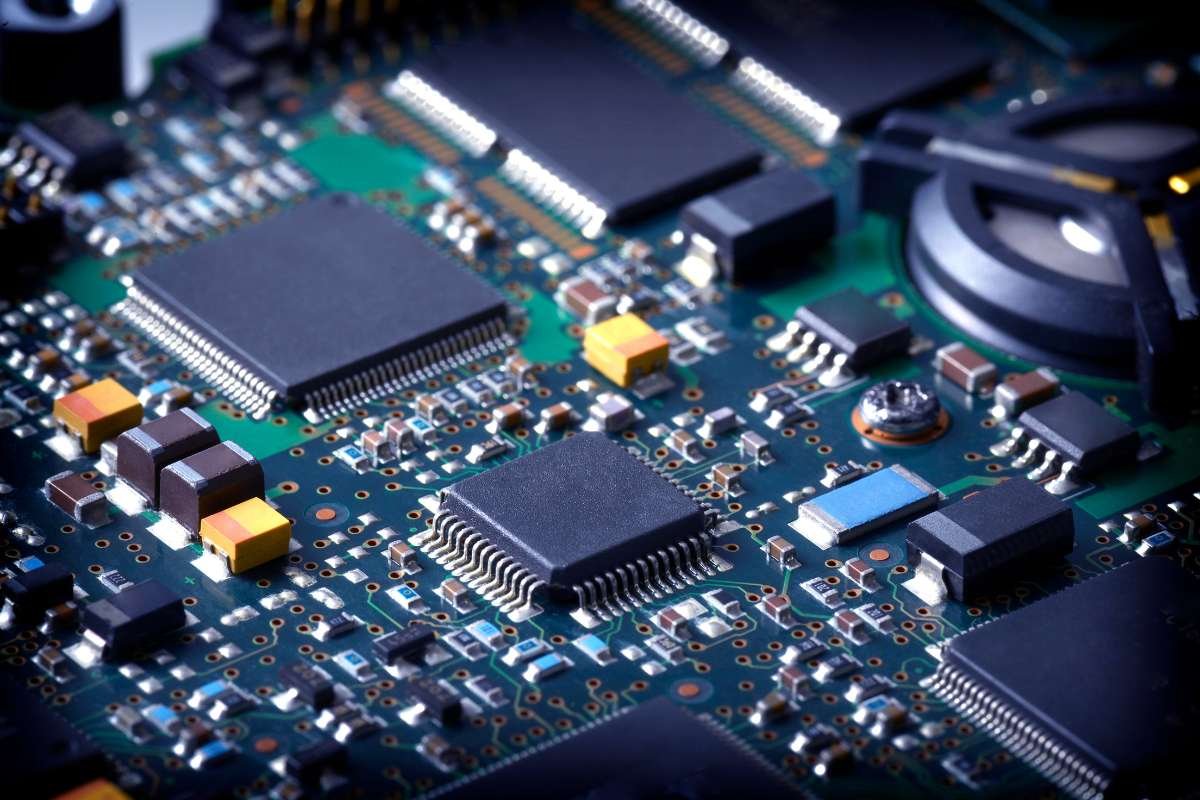Source – mobisoftinfotech.com
As we progress further into the 21st century, technology keeps changing different parts of our lives, and healthcare is no different. One of the most exciting developments in this area is the use of voice-activated technology in healthcare. This cutting-edge tech is set to change how medical professionals interact with systems, access important information, and care for patients. In this article, we’ll look at how voice activated tech in healthcare is shaping the future, its benefits, and the challenges that come with it.
The Rise of Voice Activated Tech in Healthcare
Voice activated tech in healthcare refers to the use of voice recognition systems to perform tasks, retrieve information, and manage healthcare workflows. These systems leverage artificial intelligence (AI) and natural language processing (NLP) to understand and respond to spoken commands. The adoption of this technology is growing rapidly as healthcare providers seek more efficient ways to streamline operations and enhance patient care.
Enhancing Efficiency and Accuracy
One of the key benefits of integrating voice activated tech in healthcare is the significant increase in efficiency and accuracy. Traditionally, medical professionals spent considerable time inputting data into electronic health records (EHRs) manually. Voice activated systems can expedite this process by allowing practitioners to dictate notes and commands, reducing the risk of errors and freeing up time for direct patient interaction.
Voice activated tech in healthcare also aids in improving documentation accuracy. By minimizing manual data entry, healthcare providers can reduce the likelihood of transcription errors and ensure that patient records are up-to-date and precise. This enhances the overall quality of care and supports better decision-making.
Streamlining Communication
Effective communication is crucial in healthcare settings, and voice activated tech plays a pivotal role in enhancing this aspect. Medical professionals often need to communicate with colleagues, patients, and administrative staff. Voice activated systems can facilitate seamless communication by transcribing conversations, setting reminders, and scheduling appointments—all through simple voice commands.

For instance, a physician can use voice activated tech to quickly access a patient’s medical history or consult with a specialist without interrupting their workflow. This streamlined communication contributes to a more collaborative and efficient healthcare environment.
Improving Patient Engagement
Patient engagement is a critical component of effective healthcare, and voice activated tech is making it easier for patients to participate in their care. Voice assistants can provide patients with information about their conditions, medication schedules, and appointment reminders. This enhances patient empowerment and encourages adherence to treatment plans.
Moreover, voice activated tech can assist patients with disabilities or those who have difficulty using traditional interfaces. For example, voice commands can help visually impaired individuals access health information or control medical devices, making healthcare more accessible and inclusive.
Supporting Remote Care
The rise of telemedicine and remote care has been accelerated by the COVID-19 pandemic, and voice activated tech in healthcare is playing a significant role in this trend. Remote consultations can be conducted more efficiently with the help of voice assistants that can handle tasks such as appointment scheduling, symptom triage, and even virtual consultations.

Voice activated tech also facilitates remote monitoring of patients with chronic conditions. Patients can use voice commands to report symptoms, track their health status, and receive personalized feedback from healthcare providers. This continuous monitoring helps in early detection of potential issues and improves overall patient management.
Addressing Privacy and Security Concerns
While the integration of voice activated tech in healthcare offers numerous benefits, it also raises important privacy and security concerns. Voice data can contain sensitive information about patients, and ensuring its protection is paramount. Healthcare organizations must implement robust security measures to safeguard voice recordings and comply with regulations such as the Health Insurance Portability and Accountability Act (HIPAA).
Additionally, it is essential to educate healthcare professionals and patients about the proper use of voice activated systems to prevent inadvertent exposure of confidential information. Ensuring that voice activated tech in healthcare is secure and compliant with privacy standards is crucial for its successful adoption.
Overcoming Implementation Challenges
Implementing voice activated tech in healthcare requires careful planning and consideration of various factors. Healthcare organizations need to evaluate the compatibility of voice systems with existing EHRs and other technology platforms. Integration challenges may arise, and it is essential to address these issues to ensure a smooth transition.
Training healthcare professionals to effectively use voice activated systems is another important aspect. Adequate training can help overcome resistance to new technology and ensure that staff members are comfortable and proficient in utilizing voice commands.
Future Prospects
The future of voice activated tech in healthcare holds immense potential. As technology continues to advance, we can expect even more sophisticated voice recognition systems that offer enhanced accuracy and functionality. Integration with other emerging technologies, such as artificial intelligence and machine learning, will further expand the capabilities of voice activated tech in healthcare.

Innovations such as voice-controlled medical devices, advanced natural language processing, and real-time translation services are on the horizon. These advancements will contribute to more personalized and efficient healthcare delivery, ultimately benefiting both healthcare providers and patients.
Conclusion
Voice activated tech in healthcare is changing in exciting ways, making processes faster, more accurate, and easier for patients to engage with. By improving communication, helping with remote care, and addressing privacy concerns, this tech is setting the stage for the future of healthcare. As we keep exploring and using voice-activated solutions, the possibilities for better care and outcomes are endless. Healthcare organizations that embrace these advancements will lead the way in innovation and provide top-notch care for their patients.
The future of healthcare looks promising with voice-activated tech. As it continues to develop, it will play a key role in transforming how healthcare is delivered, opening up new opportunities for better care and more efficient operations.









